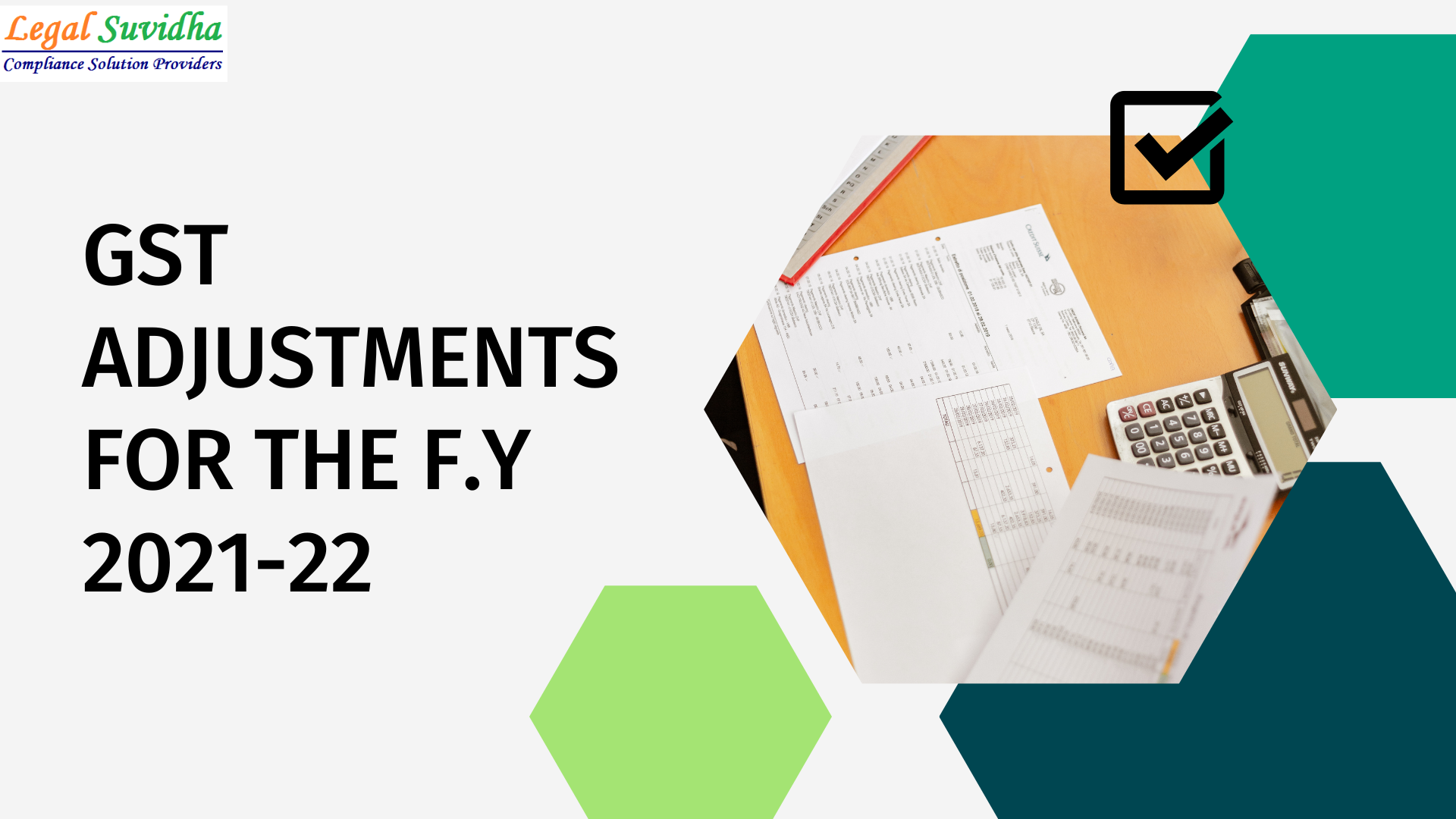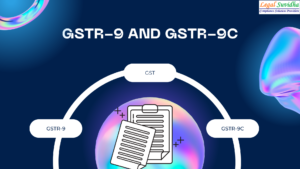GST ADJUSTMENTS FOR THE F.Y 2021-22
The forms GSTR-1 and GSTR-3B returns which need to be filed in the month of November have been a challenge as the taxpayers have their last opportunity to rectify their errors which were not considered at the time of filing the returns at the previous year for the financial year 2021-22.
On the date 28.09.2022, the government notified an amendment to the Central Goods and Services Tax Act to vide notification No.18/2022- Central tax, where they have appointed 01/10/2022 as the date on which provisions of sections 100 to 114, except clause (c) of section 110 and section 111, of the Finance Act, 2022 shall come into force, wherein the discussion is being limited to the extension of time limit for compliances in respect of a particular financial year has been extended and fixed as 30th November of the next financial year, or furnishing of the relevant annual return, whichever is earlier is the statutory limit of rectifying the errors. After, the amendment uncertainty arises as to whether these changes would be applicable for FY 2022-23 onwards or whether the same is also applicable for FY 2021-22.
For any GST Adjustments of the forms GSTR-1 and GSTR-3B for the month of October subject to returns being furnished by 30th November:
Various Compliances that need to be taken into account are being discussed herewith
1. Rectification of Errors in furnishing outward supplies
Any errors or omissions in respect of invoices, debit notes, credit notes and revised invoices issued or to be issued in respect of outward supplies can be rectified if done within the time limit.
2. Availment of Input Tax Credit
Section 16(4) of The Central Goods and Services Tax Act, 2017 provides that the 30th day of November following the end of the financial year or furnishing of the relevant annual return, whichever is earlier, shall be the time limit within which Input Tax Credit in respect of any invoice or debit note relating to the financial year should be claimed. With the introduction of GSTR-2B, taxpayers are restricted to avail ITC to the extent reflected in such return. Due to this restriction, there may be instances where the taxpayer has not availed ITC as they are not reflected in GSTR-2B. Therefore, the taxpayer shall perform a yearly review of the Input Tax Credit recorded in their books of accounts along with data in GSTR-2B to assess their ITC not availed for FY 2021-22.
3. Reversal of ITC
Any ITC which has been claimed in excess of the actual is also required to be reversed back by the 30th of November. It is therefore advisable for the taxpayers to take all precautionary measures before the filing of the return for the month of October, i.e. within the thirtieth day of November as it is the last date up to which the registered person may make the desired tax adjustments with respect to Input Tax Credit or Output Tax Liability.
4. Non-issuance of Credit notes post-September
In case where the tax amount charged or the taxable value reflecting in tax invoice issued by a registered person for a supply is detected to exceed the value of such supply made or where the supply made is to be returned, the registered person in such cases is required to issue a Credit Note in accordance with Section 34 of The Central Goods and Services Act, 2017. Section 34(2) of The Central Goods and Services Tax Act, 2017 specifies that such credit note shall be furnished in the return not later than the return filed for the month of September following the end of the financial year to which such supply relates. To rephrase it, it can be said that where the registered person desires to adjust the output tax liability owing to the reasons mentioned above, such credit note should be issued within the stipulated time period. The registered person should review the supplies made in the financial year and all the returns accepted as well to ensure that Credit Notes against the same have been issued in accordance with the law and tax adjustments wherever required to be made, have been correctly accounted for via issuance of Credit Notes and appropriately disclosed in the return filed up till the month of September following the end of the financial year to which such supply relates. Credit notes can be issued as a financial credit note also, however if done within the time period, the tax element can be adjusted and would therefore lead to reduction in cost. It is therefore advisable for the taxpayers to take all precautionary measures before filing of the return for the month of September as it is the last date up to which the registered person may make the desired tax adjustments with respect to Input Tax Credit or Output Tax Liability as warranted by the Goods and Services Tax law.







